In an era where environmental responsibility is no longer a footnote but a defining measure of progress, the question is no longer if industries will act on sustainability; but how boldly. The beverage industry, historically tethered to legacy packaging like glass and mono cartons, now finds itself at a critical inflection point. The challenge is profound: How do we balance heritage, quality, and brand perception with the urgency of ecological impact and the push for circularity? It is in this space; where innovation meets imperative; that Allied Blenders & Distillers (ABD) is rewriting the narrative.
In this compelling conversation with Mr. Mithun Das, Head – Manufacturing & Technical, Allied Blenders & Distillers, we unpack how the company is reshaping its packaging philosophy; not as a compliance checklist, but as a blueprint for transformative environmental leadership. From reducing over 3,380 metric tonnes of greenhouse gas emissions to replacing heavy, carbon-intensive glass with lightweight, recyclable PET, ABD’s journey is a case study in systems thinking and responsible design.
But this dialogue goes beyond metrics. It explores how operational efficiency, regulatory alignment, consumer psychology, and policy advocacy converge to define the next frontier in sustainable packaging. As Mr. Das delves into ABD’s strategic pivots; from eliminating mono cartons to investing in circular PET economies; he reveals how true innovation lies not in what is adopted, but in why and how it is scaled.
This is not just a shift in materials; it is a shift in mindset. Read on to discover more.
Q&A
Q. Sustainability is becoming a defining challenge for the beverage industry, and packaging plays a crucial role in this transition. What is ABD's overarching vision and long-term goal when it comes to sustainable packaging, and how does it align with broader industry and environmental commitments?
A. Sustainability in packaging is no longer an option; it is a business imperative. Our approach is strategic and precise, ensuring that every shift drives tangible impact. The use of PET bottles and Tetra Pak formats has seen success in key markets showcasing their scalability and market acceptance. These initiatives extend beyond fulfilling EPR (Extended Producer Responsibility) requirements and reflect a broader commitment to driving change within the industry. These steps, which go beyond compliance with EPR mandates, underscore our commitment to driving industry-wide change. As packaging continues to evolve, we, at ABD, remain focused on balancing sustainability with operational efficiency, setting new benchmarks for responsible growth and driving a greener future in every step of the process.
Q. The beverage industry has traditionally relied on glass and mono cartons, but now, sustainability is reshaping these choices. Beyond reducing emissions, what are the broader environmental and economic benefits of ABD's shift to PET?
A. Our shift to PET is a strategic move that delivers both environmental and business advantages. By transitioning from glass to PET, the weight of the bottles has been reduced by approximately 90%, significantly improving supply chain efficiency at every level. Breakage rates have dropped, carton configurations are optimized, and as a result, truckload capacity has increased considerably. This directly reduces logistics costs, minimizes damage claims, and enhances customer experience by preventing glass breakage and ensuring product integrity, strengthening relationships with retailers. At the same time, we are reducing paper usage, cutting transportation emissions, and lowering energy consumption. Every step builds on the next, creating a system where sustainability and operational performance reinforce each other.
Q. ABD has made significant strides in reducing its environmental footprint such as cutting paper consumption by 3,559 MT, reducing GHG emissions by 3,380 MT, and lowering packaging-related emissions by switching to PET. Can you elaborate on the impact of these initiatives and how they fit into ABD's larger sustainability roadmap?
A. Our efforts to cut paper consumption by 3,559 MT and reduce GHG emissions by 3,380 MT are part of a data-driven sustainability strategy that spans our 35-million-case production network. Even small efficiency gains at this scale create a significant impact. Glass manufacturing is energy intensive, so shifting to PET, which weighs nearly a tenth as much, has helped lower packaging-related emissions while maintaining quality and efficiency. We continuously track progress, scale what works, and explore new ways to reduce our environmental footprint. These initiatives are key to ABD’s larger sustainability roadmap, where we focus on measurable improvements that enhance both environmental and operational performance.
Q. While PET is gaining traction for its recyclability and lower emissions, concerns around plastic waste persist. How is ABD ensuring that its PET bottles contribute to a true circular economy rather than adding to plastic pollution?
A. We have implemented a structured system to ensure our PET bottles contribute to a true circular economy - through strategic recycling partnerships. We follow a closed-loop model where, for every ton of PET introduced, an equivalent amount is collected and recycled. This approach actively manages our packaging footprint while aligning with Extended Producer Responsibility (EPR) regulations. By embedding circularity into our operations today, we are strengthening ABD’s long-term sustainability strategy in an increasingly regulated landscape.
Q. With tightening regulations on plastic waste management in India, how is ABD aligning its packaging strategy with evolving EPR (Extended Producer Responsibility) and sustainability policies? Are there specific challenges in compliance that the industry is facing?
A. We have aligned our packaging strategy with evolving EPR requirements by establishing recycling partnerships and engaging with industry associations. The primary challenge is the lack of scalable infrastructure for food-grade recycled PET, especially with new mandates on recycled content. For beverage companies, FSSAI compliance adds further complexity. To navigate this, we are advocating for a phased implementation while partnering with emerging recycled PET suppliers to ensure future capacity. By integrating these efforts into our sustainability roadmap, ABD is building a resilient packaging strategy that meets regulatory demands while driving long-term environmental progress.
Q. Given India's commitment to reducing carbon emissions and achieving sustainability goals, do you foresee government incentives or policy changes that could further accelerate the industry's transition towards eco-friendly packaging?
A. Government incentives can play a pivotal role in accelerating the shift to sustainable packaging. While regulatory frameworks are evolving, well-structured policies that reward early adoption will drive greater investment and innovation. Measures such as tax benefits, expedited approvals, and operational advantages can encourage businesses to adopt environmentally responsible practices without compromising economic viability. ABD actively engages with policymakers to develop practical solutions that support both sustainability objectives and industry competitiveness, ensuring lasting environmental and economic benefits.
Q. Sustainable packaging is often perceived as expensive or compromising quality. How is ABD managing the cost implications of this transition while maintaining consumer trust and brand perception?
A. There's a common misconception that sustainable packaging is more expensive or compromises quality. However, through advanced technology and process efficiencies, we’ve been able to drive both business growth and environmental progress. By optimizing materials, reducing packaging weight, and enhancing logistics efficiency, we’ve lowered costs while maintaining product integrity. This shift has also strengthened the resilience of our supply chain. Done right, sustainability is not a cost burden. It’s a strategic advantage that shows responsible packaging can meet consumer expectations, support long-term commercial success, and preserve brand trust.
Q. How has consumer response been to the shift from traditional materials to PET? Do you see an increasing demand for sustainable packaging influencing purchasing decisions in India?
A. Consumer acceptance of our shift to PET has been overwhelmingly positive. After an initial adjustment period, we’ve seen no resistance or negative impact on brand perception, with informed consumers actively supporting our environmental initiatives. Sales volume and brand metrics have remained strong throughout the transition, reinforcing our belief that sustainability will increasingly influence purchasing decisions, creating competitive advantages for environmentally responsible brands like ours. As consumer education around sustainability evolves, we expect it to become a key factor in brand preference and loyalty, positioning ABD at the forefront of this market shift.
Q. Beyond emissions reduction, PET has also improved logistics efficiency due to its lighter weight. Could you elaborate on the operational and cost advantages this shift has brought to ABD's supply chain?
A. We are witnessing significant operational benefits from adopting PET packaging across our supply chain. PET's higher carrying capacity has led to a noticeable reduction in logistics costs, while its durability has minimized product damage during transit, ensuring more consistent delivery. This shift to PET is not just about cost efficiency; it reflects our unwavering commitment to sustainable, responsible business practices. By reducing environmental impact and improving our bottom line, we are not only enhancing the efficiency of our operations but also contributing to industry-wide sustainability goals. Our approach strengthens relationships within our distribution network and reinforces our role as a responsible corporate leader committed to reducing waste and carbon footprints, fostering a more resilient and environmentally conscious supply chain for the future.
Q. What are the biggest barriers to scaling sustainable packaging across the entire beverage industry? Is there a need for greater industry collaboration to overcome these challenges?
A. The biggest challenge in scaling sustainable packaging across the beverage industry isn’t technology or cost but varying regulations. This has created a fragmented market, making it harder for sustainability innovations to scale effectively. While the central government has introduced EPR (Extended Producer Responsibility) guidelines, differences in state-level regulations influence PET packaging adoption. Some states have embraced it alongside strong recycling systems, while others remain cautious. A collaborative effort through organizations like CIABC can help bridge this gap by providing state governments with clear, data-backed insights on the environmental benefits of well-managed PET packaging. Achieving regulatory consistency through such partnerships will be key to driving industry-wide progress.
Q. ABD has taken a significant step in sustainable packaging. What's next? Are there further innovations in packaging or sustainability initiatives that ABD is exploring to push the boundaries even further?
A. We're pursuing a dual innovation strategy, expanding proven initiatives while developing next-generation solutions. We are piloting reusable master cartons that serve both as containers for empty bottles and packaging for finished products, and validating shrink-wrapping as an alternative to paper partitions. Beyond packaging, we are transitioning from fossil fuels to rice husk and Sugarcane fiber for boiler fuel, reducing specific water consumption by 25.6% in distillery, and incorporating solar power to decrease reliance on grid electricity. Additionally, we're expanding green initiatives across our 36 manufacturing facilities. These efforts represent measurable, practical steps that solidify our leadership in sustainable operations.

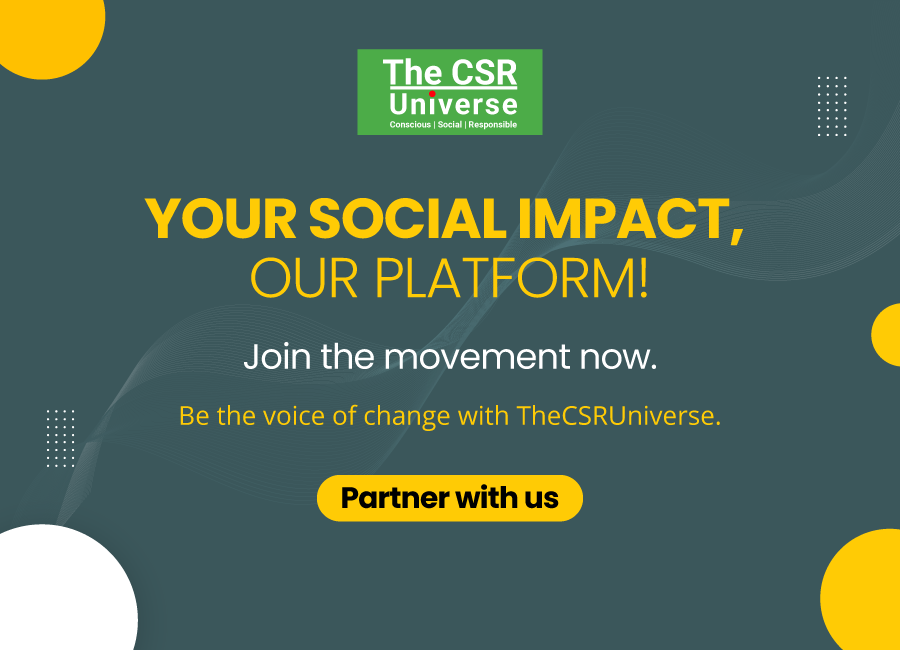

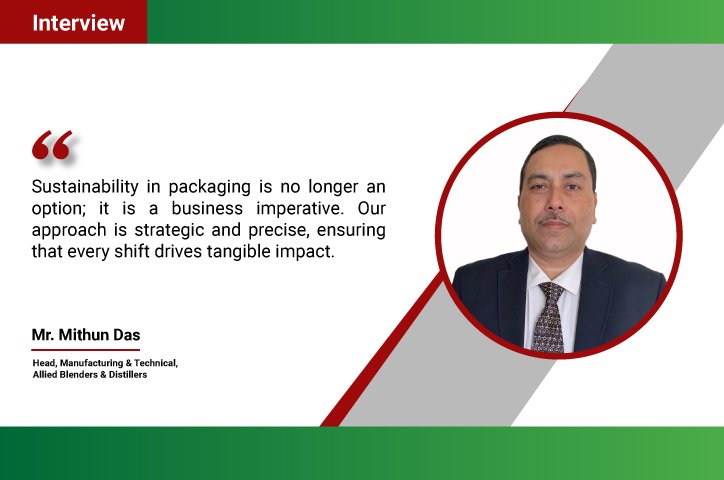
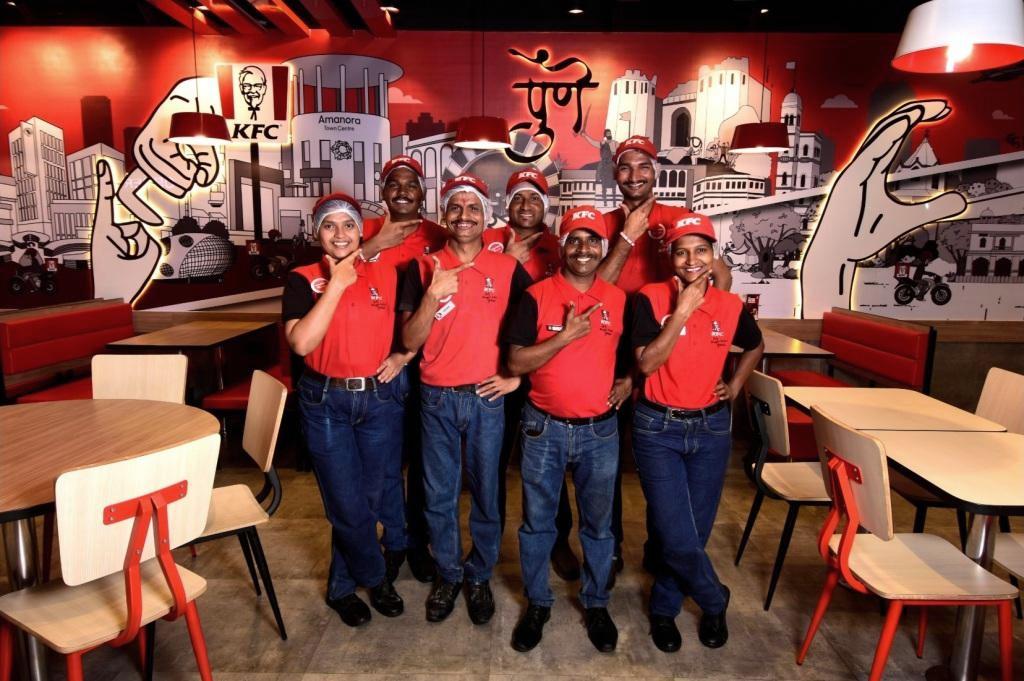

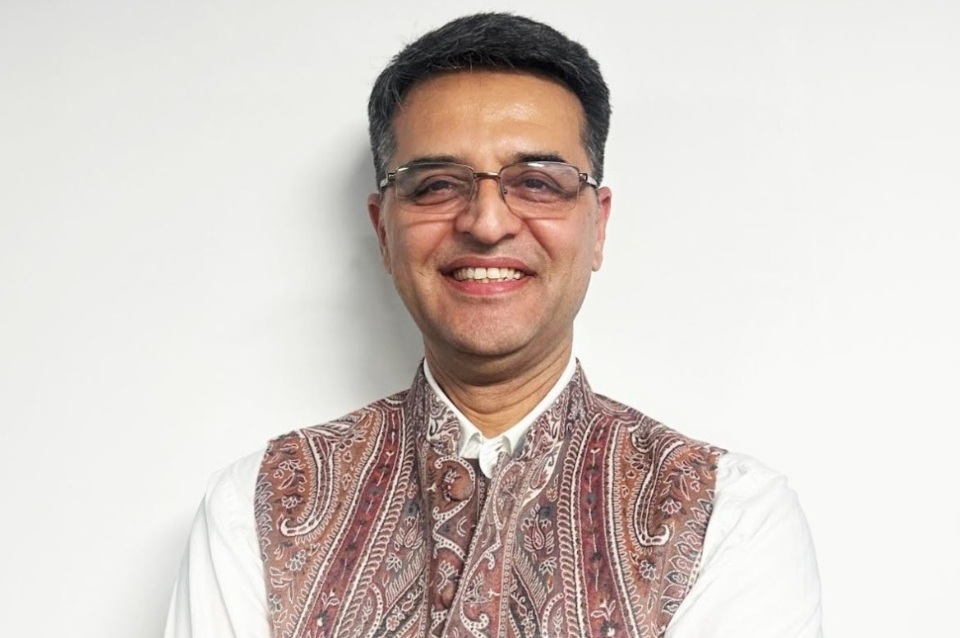





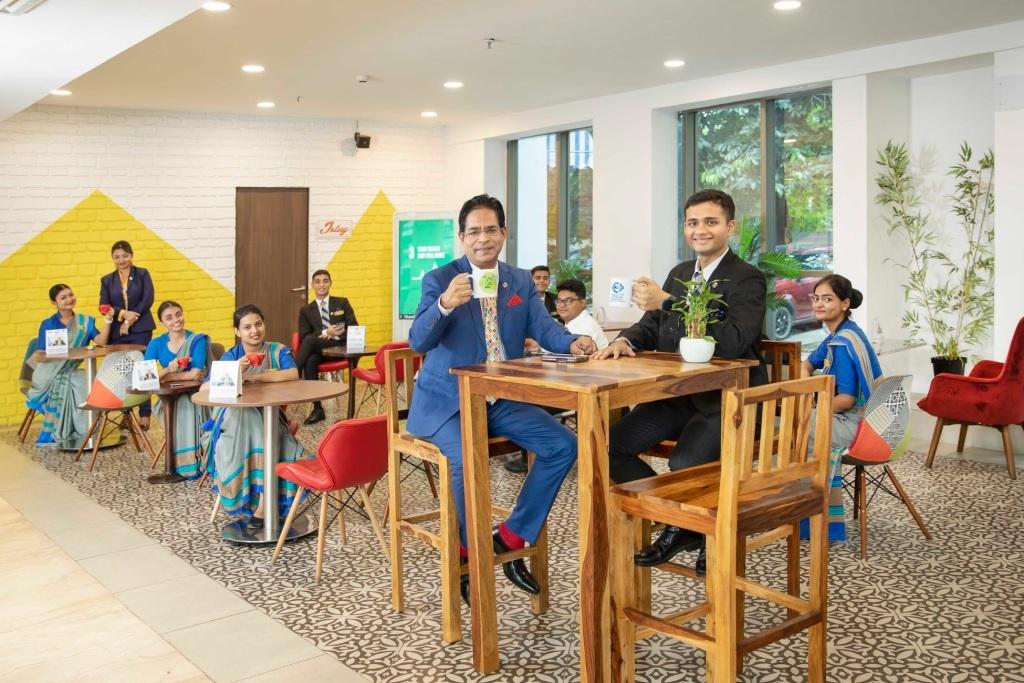


.jpg)




